

Cuba is a country located in the northern Caribbean where the Caribbean Sea, Gulf of Mexico and the Atlantic Ocean meet. The main island is the largest in the Caribbean, with an area of 104,556 square kilometres. The second-largest, also part of Cuba, is Isla De La Juventud (Isle of Youth), with an area of 2,200 square kilometres.
The country’s mainland consists of three major mountain ranges, rain forests, and broad, rich, fertile plains and valleys dotted with stately palms. More than 4000 islands and keys, nearly 6,000 kilometres of palm and mangrove-lined banks and almost 300 natural beaches make up its incredible coastline. This stunning coastline contains thousands of kilometres of coral and is home to more than 150 species of fish. It’s no surprise that Cuba is one of the best saltwater fly fishing destinations globally, attracting anglers from all around the world and a true “bucket list” trip.
The exotic saltwater flats and surrounding coastline are home to all the traditional flats species, including the Bonefish, Tarpon, Permit and Snook. Area’s like Jardine De La Reina, Cayo Largo, Cayo Romano, Zapata and Cayo Santa Maria or Gardens of the King (GOK) is famous amongst fly anglers all around the world. Without a doubt, Cuba fishing is the home of the grand slam and super slam.
Below we have listed the leading destinations for you to choose from.
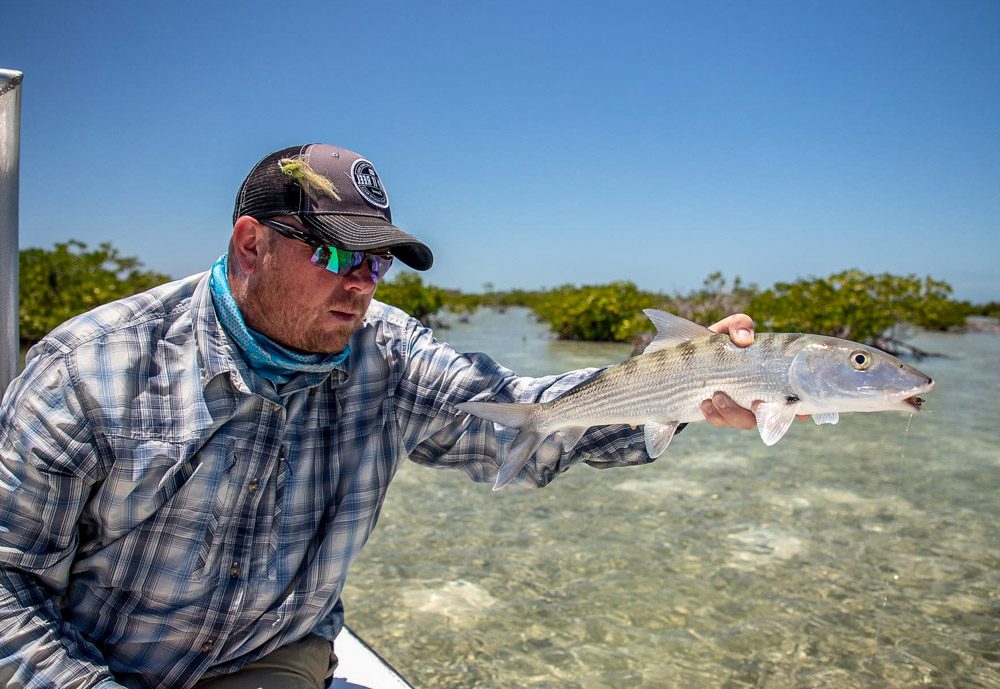

An angler’s paradise in the middle of stunning saltwater flats, the area is approximately 2600 square miles, a vast offshore wilderness where you will rarely see another angler, other than people in your own group. It has to be one of the best places in the world to fly fish for Permit Tarpon and Bonefish.


Cayo Paredón is the hottest, newest destination in the portfolio of our partners Fly Fishing the Run. Located in the province of Camaguey, the easternmost, most significant and flattest region in the centre of Cuba, it's a saltwater fly fishing paradise, home to all the 'Grand Slam' species.
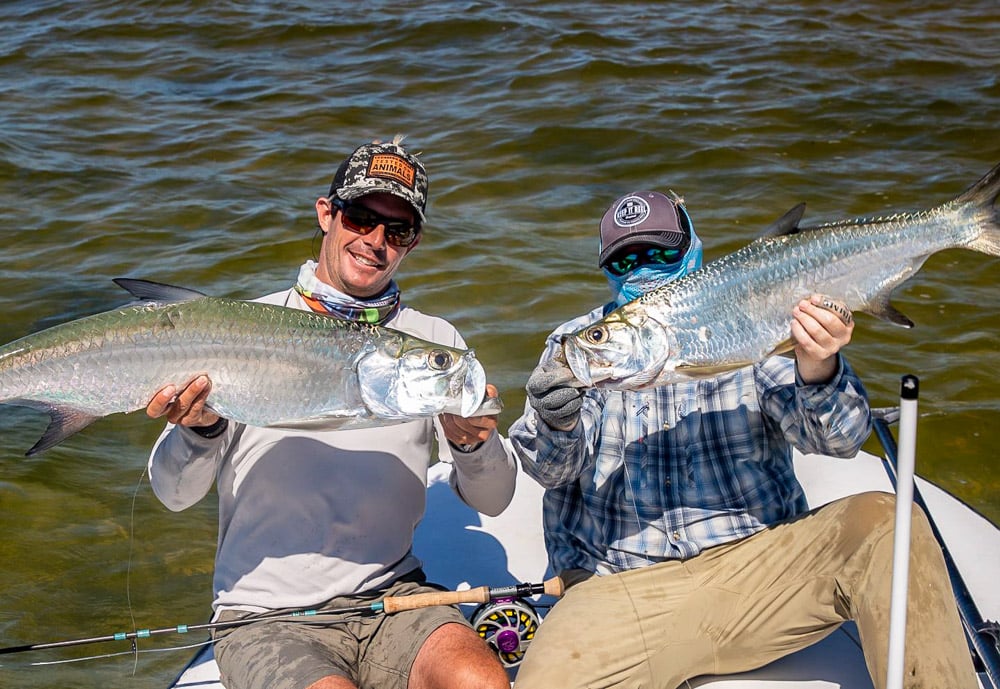

This is flat’s fishing far beyond your wildest dreams! The Isle of Youth lays 100km off the coast of mainland Cuba, nearly straight south of Havana. If Tarpon are a species on your saltwater fly fishing hit list then this is definitely the destination for you. There are good populations of both resident and monster migratory Tarpon.
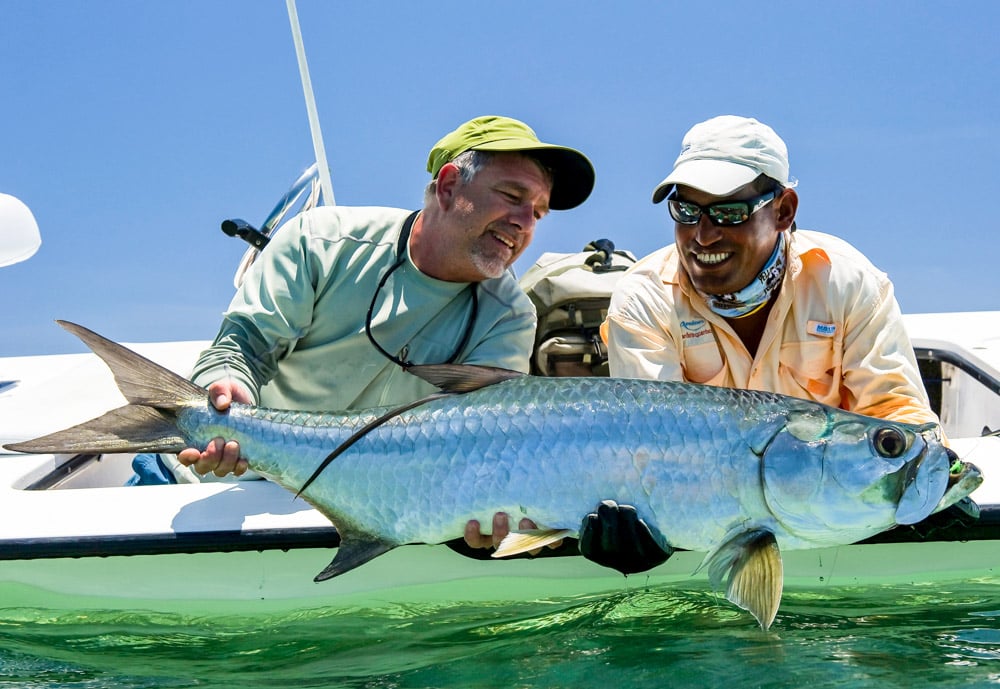

Think about a place where you can fish more than 100 miles of flats without seeing another fisherman. A place where the flats fishing is so good, you can catch seven fish species in one day and a place where you have a legitimate chance for a ‘Grand Slam’ every day of the year; that’s Canarreos.
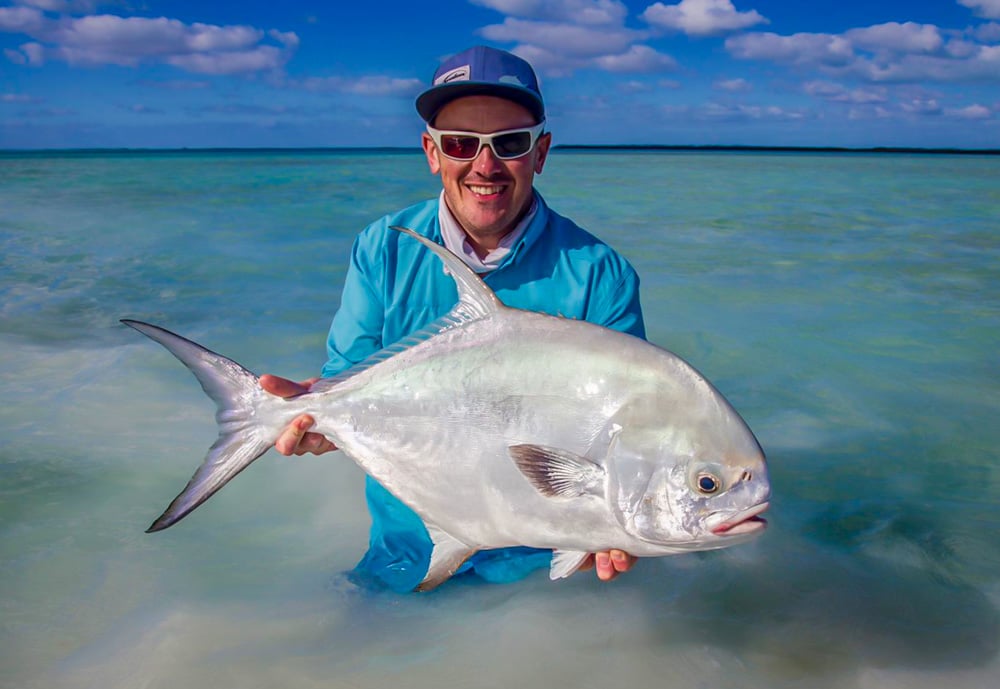

With our Cuba partners, we now have access to the exclusive fishing rights on the designated Cayo Largo Natural Reserve, which encompasses some 140 square miles of saltwater flats and channels. This has to be one of the best places in the world to catch a grand slam and super grand slam all on the fly.


With only eight anglers allowed to fish the thousands of kilometres of waters in and around Zapata each week, many area's have never seen an angler. From a saltwater fly fishing perspective, the destination is in its infancy and is remarkable and a real jewel in Cuba's ecological crown.


The Gardens of the King or Cayo Santa Maria is one of the most precious spots in Cuba and the Caribbean. Renowned as a Tarpon paradise, it's now viewed as one of the best destinations in the Caribbean for catching big Tarpon on the fly. As well as the big Tarpon, it's also home to all the traditional flats species like Bonefish, Permit and Snook.
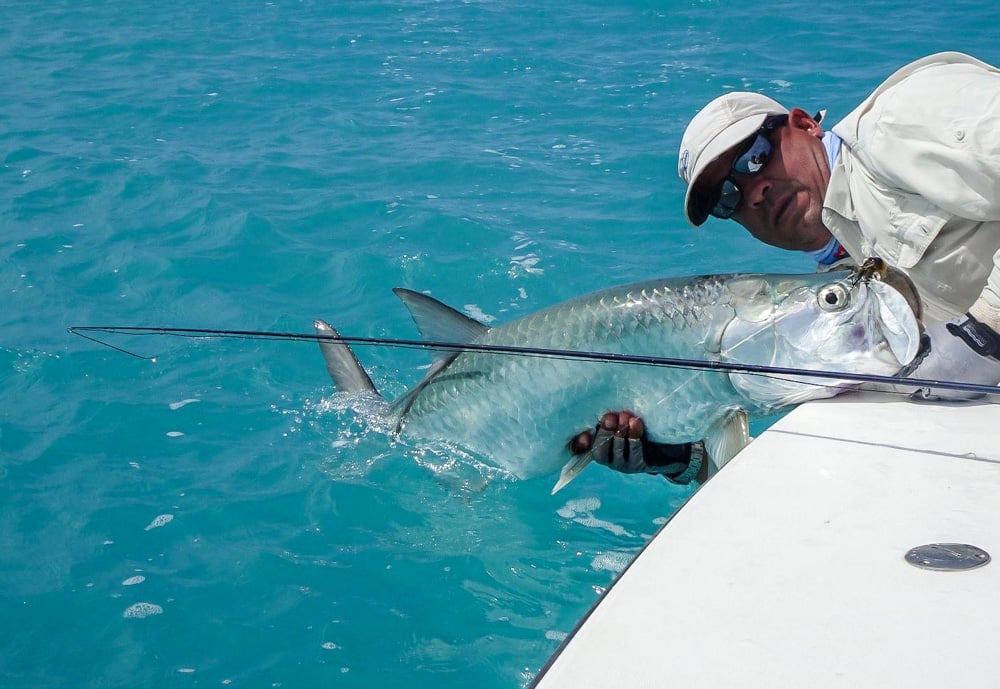

Cayo Romano is the latest most exciting saltwater fishing locations to become available to ardent fly-anglers. Located on the North Coast of Cuba in the Jardines de Rey, it consists of a huge fishable area, which provides incredible opportunities for big Permit, alongside some really exciting Tarpon fishing on the flats.


Average Customer Satisfaction Score 85%
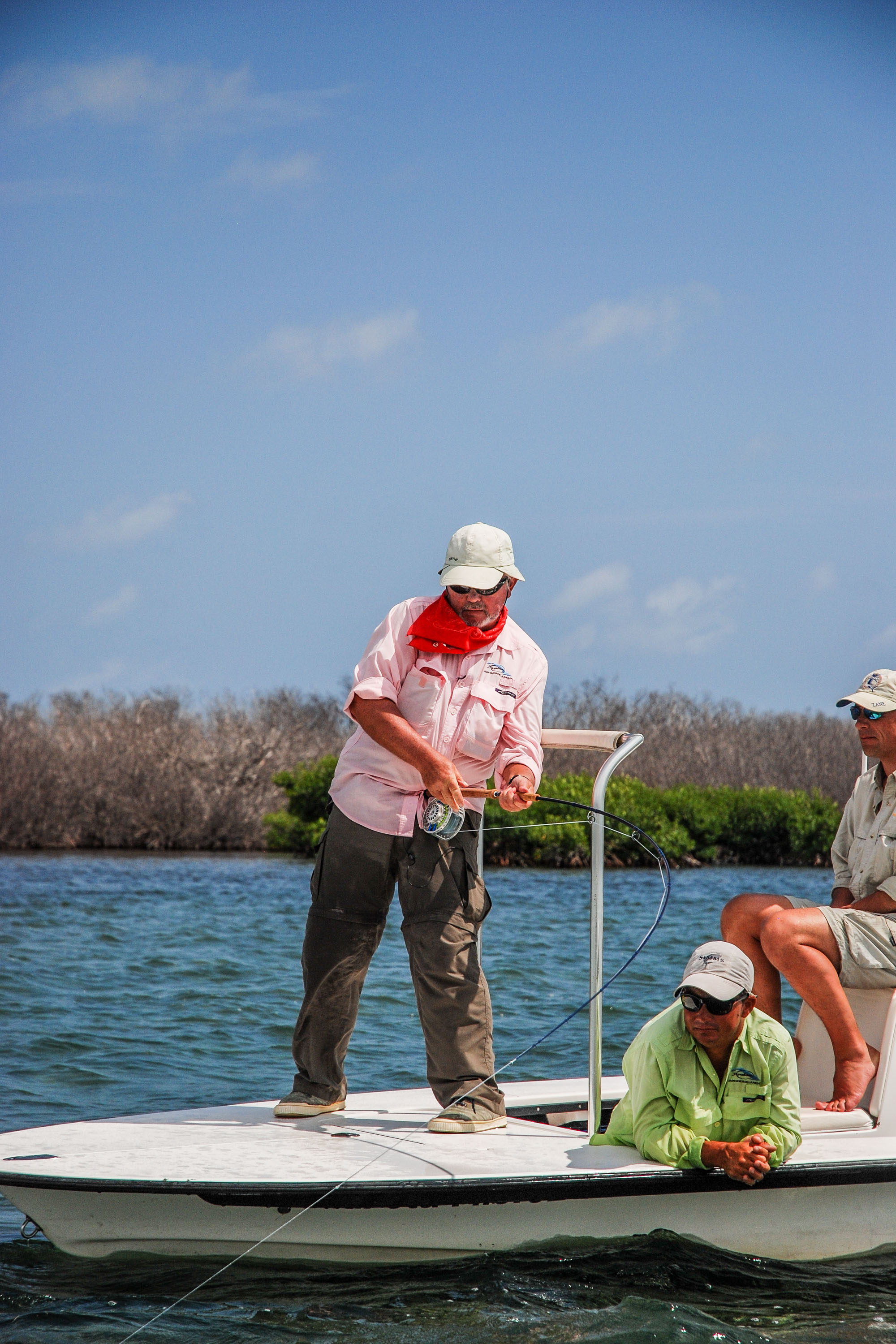

The Isle of Youth is the largest of the 350 islets in the Archipelago De Los Canarreos; it also includes Cayo Largo, which can be found a little further to the east. With a myriad of mangroves, sandy flats and expansive ranges of turtle grass, it’s a world away from the crowded white sandy beaches of the mainland.
The Isla De La Juventud is the place for those obsessed with giant Tarpon. The island’s southern edge is ocean fronted, which draws in Cuba’s biggest fish, specimens to over 100lb caught and released each season. It’s one of Cubas fishing destination that consistently exceeds our expectations.
Cayo Largo is in the South Central region of the Cuban Archipelago and is one of the last virtually untouched ecosystems left on the planet; this natural environment has scarcely changed over the past 1000 years. The marine scenery is incredible, and the coral reef system links the chain of islets around Cayo Largo like an underwater bridge.
With average temperatures higher than much of the Caribbean, the environment is perfect for saltwater fly fishing. Without a doubt, Cayo Largo is one the best places in the world for those targeting a grand slam or super slam, a large part of this is because the permit fishing is just so good. This Cuba fishing destination regularly produces Permit over 25lb, and we don’t know many other places that can boast the same number of weekly slams and grand slams as Cayo Largo does.
The island system runs for more than 160 kilometres back to the northwest from Cuba’s southeastern coast. With no human habitation and completely protected from all forms of commercial fishing, it’s a haven for all the traditional flats species.
Bonefish, Tarpon, although not in the same size bracket as Isla De La Juventud, Permit and Snook all inhabit this massive expanse of saltwater wilderness. It offers some of the most varied saltwater fishing available and is a true conventional saltwater fly fishing destination.
Located in Jardines del Rey, Cayo Romano is an enormous system of virtually untouched lagoons, flats and pristine estuaries. It covers a vast area of over 360 square kilometres, meaning that each boat has over 50 square kilometres to itself on an average day.
It represents one of the cleanest and most biologically diverse ecosystems, comprising an inviting combination of hard-packed white sand and a semi-firm bottom that provides an excellent Bonefish habitat. It’s not unheard of for guests to land a fish or two in the 10lb range.
For many years Zapata was a swamp, used only for resources, like logging hardwoods, making charcoal, and hunting for crocodiles and deer. However, back in 2000, this all changed when UNESCO declared the wetlands, which occupy the entire Zapata Peninsula and the surrounding area, a biosphere reserve. It is now the best-preserved wetlands system in the Caribbean islands.
Zapata has become a fantastic nursery for all flats fish and the food that they feed upon, you’ll find Bonefish, Tarpon, Permit and Snook of every size in this stunning saltwater environment.
Based on two anglers per boat and guide, the fishing is traditional flats fishing, accessing the mangroves, channels, beaches and remote wilderness flats using small skiffs, similar to Dolphin skiffs. These boats allow you to comfortably and quickly get to the most productive areas. Once there, fishing will be either from the boat or wading in search of all the super slam species.
The outer reef systems are home to many big Snappers and Grouper, including many world record-sized Cubera Snapper. As well as these, there’s also an abundance of Barracuda and a vast array of Shark species. Popper fishing is popular for these species, but they’re also very catchable on the fly and can provide some excellent sport.











